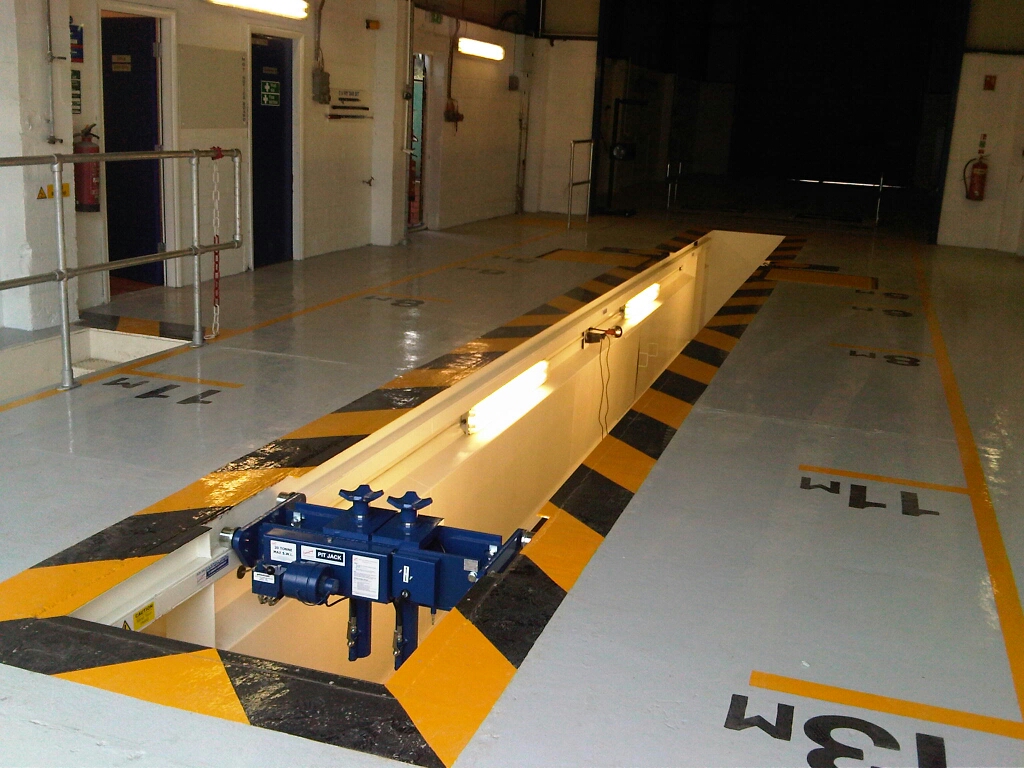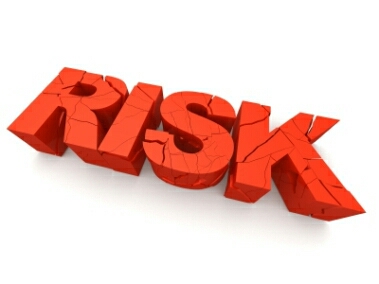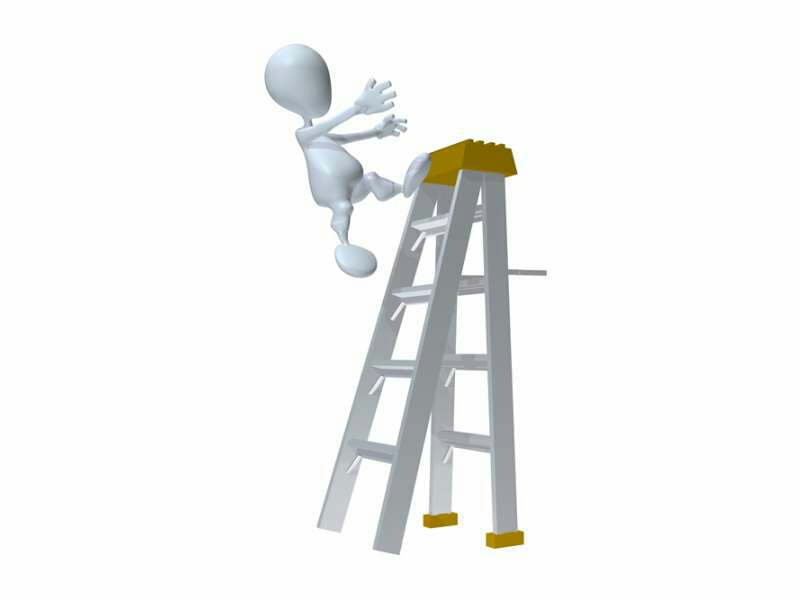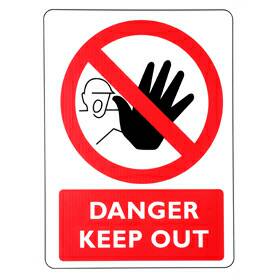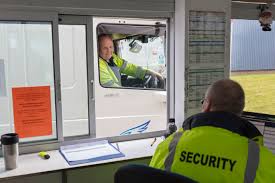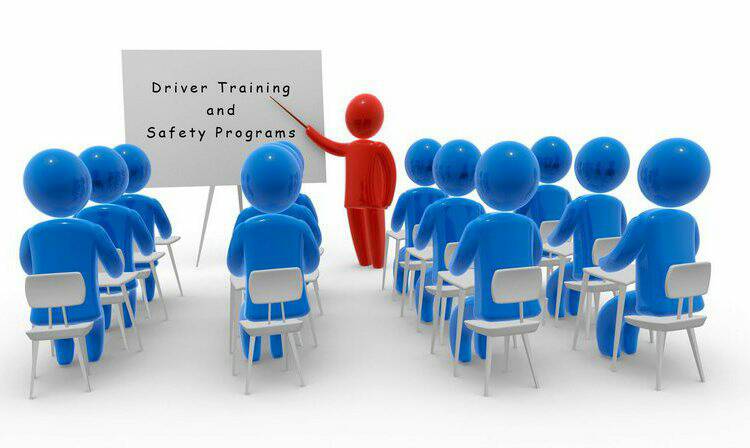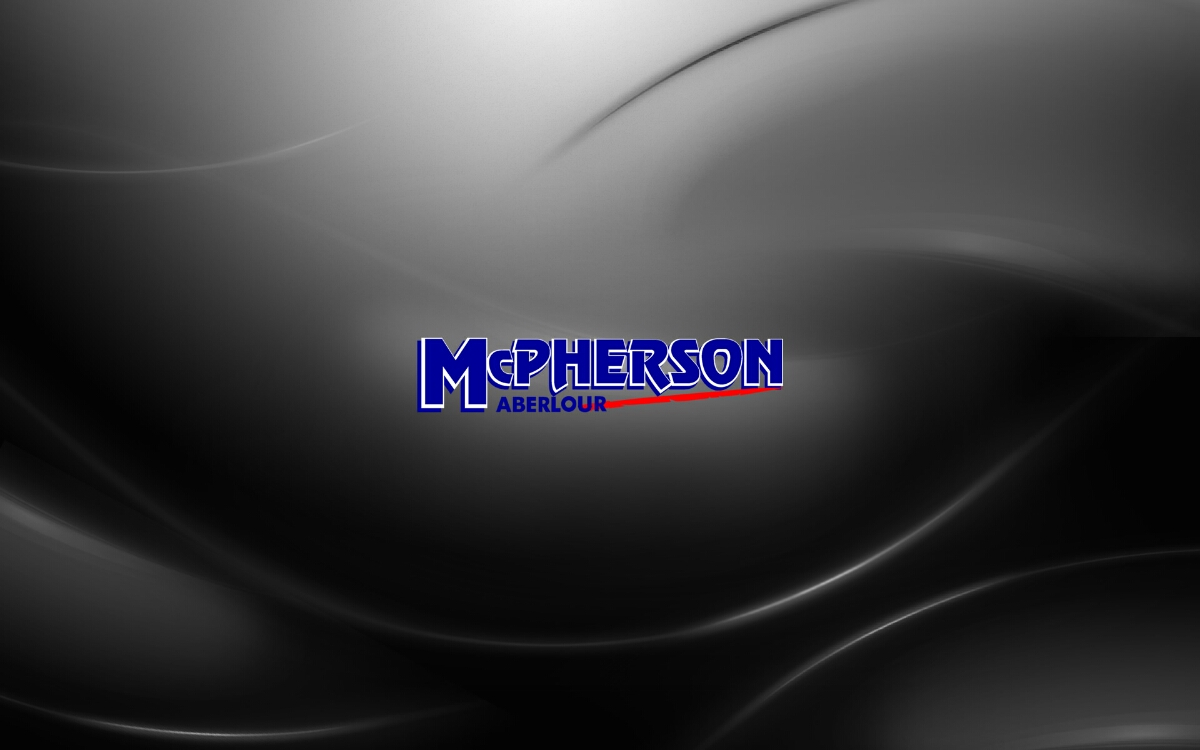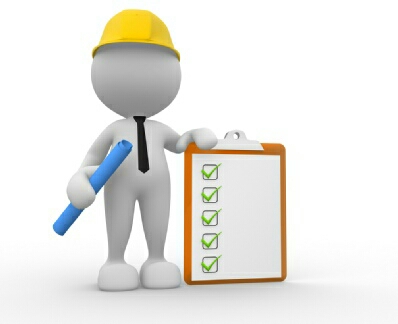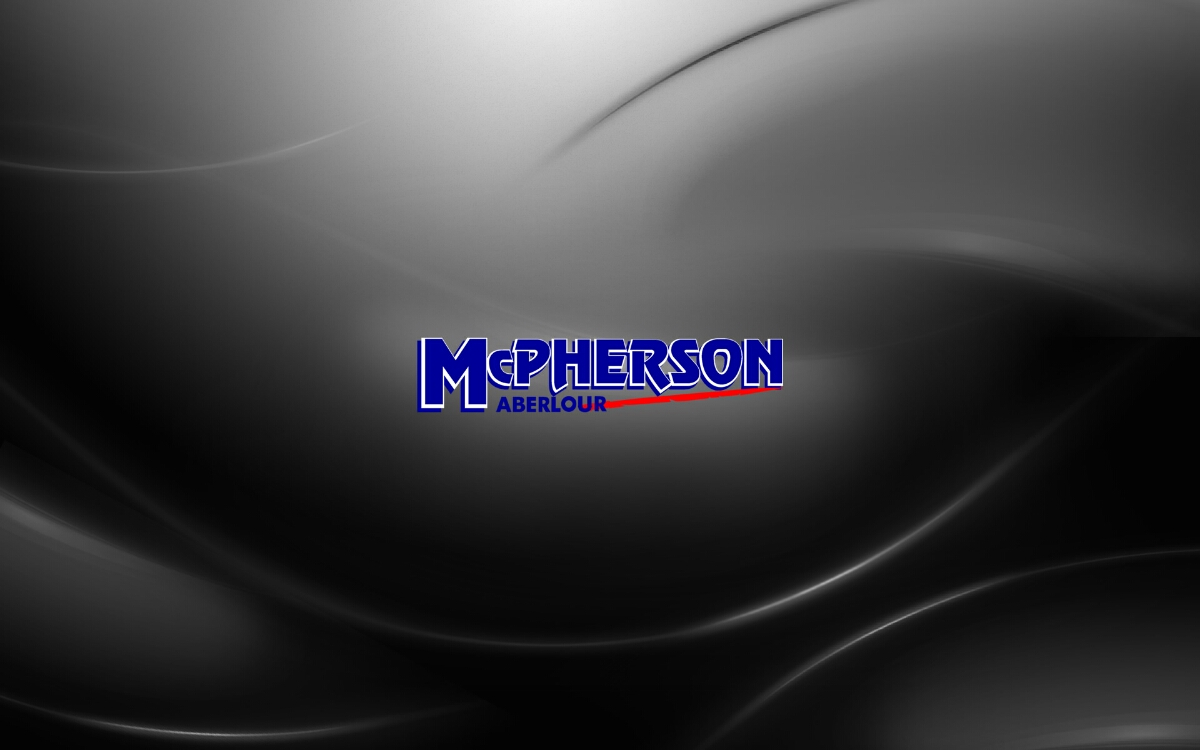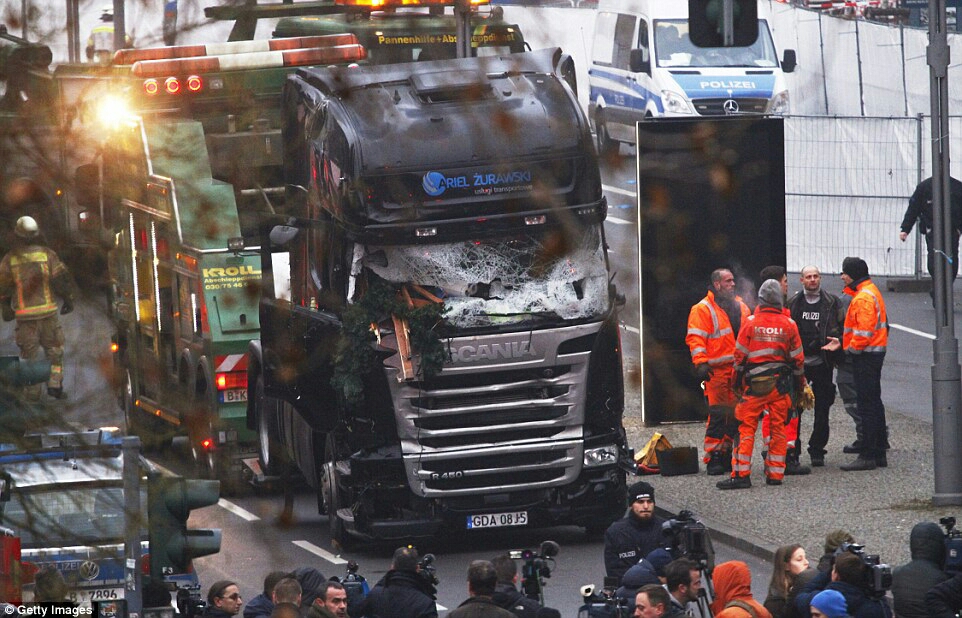Title Page
-
Vehicle Workshop Audit
-
Conducted on
-
Prepared by David Steele
-
Location
-
Personnel
Previous Inspection/Audit
-
Has the previous inspection/audit been reviewed?
-
Have all previous recommendations been actioned? If no provide details.
Building and Structures
-
Is lighting sufficient and in working order?
-
Is there a fixed electrical certificate available for the building?
-
Is there sufficient ventilation?
-
Are extraction fan, filters, cleaned and inspected?
-
Are floors and walkways in a suitable condition free from holes, cracks and other trip hazards?
-
Are floors sealed or painted to prevent oil contamination, etc.?
-
Are walkways marked clearly and unobstructed?
-
Is the building free from damage, vehicle impact, building movement, etc.?
-
Is the roof in good condition and free from leaks?
-
Does building have an Asbestos Survey completed? If so has regular inspections been carried out to assess condition of ACMs?
-
Are warning signs fixed externally to forbid unauthorised persons access?
Welfare/Amenities
-
Is there adequate supply of drinking water?
-
Are there suitable washing facilities clean providing soap, hot and cold, or warm water and a suitable means of drying?.
-
Are toilets/urinals clean and hygienic, well ventilated, lit and cleaned?
-
Is there suitable and sufficient washing facilities, including, soap, a supply of hot and cold, or warm water?
-
Is there suitable accommodation for clothing?
-
Is there suitable and sufficient facilities for rest and to eat meals?
Parts Store
-
Is housekeeping kept to an acceptable standard?
-
Is racking system suitable and sufficient for the parts being stored?
-
Are parts stored safely in racking, with no sharp edges protruding?
-
Are heavier parts stored low to avoid heavy lifting above shoulder height?
-
Is there suitable and sufficient lighting available?
-
Are hazardous chemicals store appropriately, clearly labelled and in a secure container?
Vehicle Inspection Pits
-
Vehicle Inspection Pits present many hazards and are a common cause of accidents, not only unfamiliar with the premises but also employees who forget the precence of an unfenced pit, or who slip or trip and fall into them. Some of the hazards to be considered would be, falling into the pit, slipping on access stairs, fire or asphyxiation from accumulated gases and vapours, vehicles or other objects falling into the pit and head injuries from contact with the vehicle over the pit.
-
Is the inspection pit covered when not in use?
-
Is there clear warning signage of the hazards?
-
Is there safe access across the inspection pit?
-
Is the inspection pit clearly visible, edges highlighted with black and yellow paint?
-
Are inspection pit suitably lit?
-
Is inspection pits free from damage and kept clean free from debris?
-
Is there safe means of access and egress?
-
Are lamps used in inspection pits designed and test to prevent ignition in flammable atmospheres?
-
Does the pit-jack have its SWL displayed on it clearly?
-
Does the pit-jack have an in date thorough examination?
Workshop Equipment
-
The Provision and Use Of Work Equipment Regulations 1998 (PUWER) covers all equipment which is used by an employee at work, for example hammers, knifes, drill machines, lifting equipment and motor vehicles. Similarly, if you allow employees to provide their own equipment then it will also be covered by PUWER and you will need to ensure it complies with the Regulations.
-
Is there a completed risk assessment/PUWER assessment for workshop equipment and machinery?
-
Have hand tools hazards been assessed and information provided, vibration or noise levels, etc?
-
Is there a Safe System of Work available for the use and maintence of machinery?
-
Are all guards in place and being used correctly?
-
Are all electrical power cables in good condition?
-
Are all emergency stop buttons operational and within easy reach of the operator?
-
Are all controls clearly marked to show what they do?
-
Are surrounding work areas around equipment kept clean and tidy, free from obstructions or slip and trips hazards, and we'll lit?
-
Is there suitable warning signage warning of hazards and of suitable PPE to be worn?
Lifting Equipment and Accessories
-
The Lifting Operations and Lifting Equipment Regulations 1998 (LOLER) requires that all equipment used for lifting is fit for purpose, appropriate for the task, suitably marked and in many cases, subject to statutory periodic 'thorough examination'. Lifting equipment should examined every 12 months all lifting accessories such as chains, slings, etc. Should be examined every 6 months. Records must be kept of all thorough examinations and any defects found must be reported to both the person responsible for the equipment and the relevant enforcing authority.
-
Are there in date thorough examination certificates for the equipment?
-
Are records of previous thorough examinations available?
-
Have the 'Declaration of Conformity' certificates been retained?
-
Is there lifting equipment or accessory showing visible damage, ripped, cut or abraded slings, signs of stretched, deformed, cracked, chain links, etc?
Pressure Systems
-
Failure of pressure equipment can seriously injure or kill persons nearby and cause serious damage to buildings. The Pressure System Safety Regulations 2000 (PSSR) and the Pressure Equipment Regulations 1999 (PER) detail duties that must be complied with, such as periodic examinations.
-
Is the system suitably marked with the safe operating limits of that system?
-
Is there a written scheme of examination available?
-
Has there been a thorough examination carried out in the last 2 years?
-
Is relief (Safety) valve operational?
-
Are air receivers and other pressure vessels drained & free of moisture?
Gas Cylinders
-
Are cylinders segregated from heat and other ignition sources?
-
Are cylinders stored vertically and secure in a locked cage, strapped or chained to prevent falling over?
Connecting Pipe Fittings & Hoses
-
In good condition, no leaks, no cracks, no bending at 90 degrees?
-
Are hose ends fitted with crimped ends (not jubilee clips)?
-
Are flashback arrestors being used on hoses?
-
Are correct gauges fitted and in working order?
Local Exhaust Ventilation
-
LEV plant is found in a range of industries from paint shops to garages. The equipment is designed to remove harmful vapour, dust or fumes from work activities such as welding, grinding in the work area. The Control of Substances Hazardous to Health 2002 (COSHH) require that LEV plant is examined by a competent person at least every 14 months.
-
Is there a Commissioning Report available, with a description/diagrams of the LEV system, performance sepecification, calculations, information on tests undertaken
-
Is there a logbook available detailing schedules for regular checks and maintenance and the name of persons who made these checks?
-
Is there an in date 'thorough examination' certificate available?
Hazardous Substances/Materials
-
The Control of Substances Hazardous to Health (COSHH) require substances used in the workplace to be risk assessed using information gained from manufacturers material safety data sheets. Once assessed controls should be implemented and information given to employees explaining the hazards involved and how to use them in a safe manner?
-
Is there a COSHH register available listing all hazardous substances in use?
-
Are Material Safety Data Sheets (MSDs) available for hazardous substances?
-
Are suitable and sufficient COSHH assessments available for hazardous substances?
-
Are substances being stored in conditions as specified in MSDS?
-
Are all hazardous substances labelled clearly?
-
Have employees been provided Training, Instruction and Information?
-
Are employees receiving occupational health checks for asthma, dermatitis, HAVs or noise induced hearing loss?
Personal Protection Equipment
-
Is PPE suitable for the substances being used?
-
Is PPE being worn correctly
-
Is PPE being stored properly to prevent contamination?
-
Is hearing protection being worn during operation of noisy equipment?
-
Is PPE in a suitable condition?
-
Has Face-fit testing and training been carried out?
-
Is other protective equipment available (Welding Screens)?
First Aid
-
Is there suitable first aid supplies available and fully stocked, eye wash, bandages, etc?
-
Is there a trained first aider available at the time of the audit?
-
Is there a list of trained first aiders and contact list?
-
Are emergency procedures & numbers displayed?
Fire Safety
-
Are fire extinguishers readily accessible?
-
Are extinguishers serviced annually, tags and seals in place, etc?
-
Are signs displayed next to extinguishers?
-
Are fire exits identified, open during working hours and unobstructed?
-
Is the emergency/evacuation procedures/plan displayed (must be in relevant language for employees)?
-
Auditors Signature
-
Workshop Managers Signature
